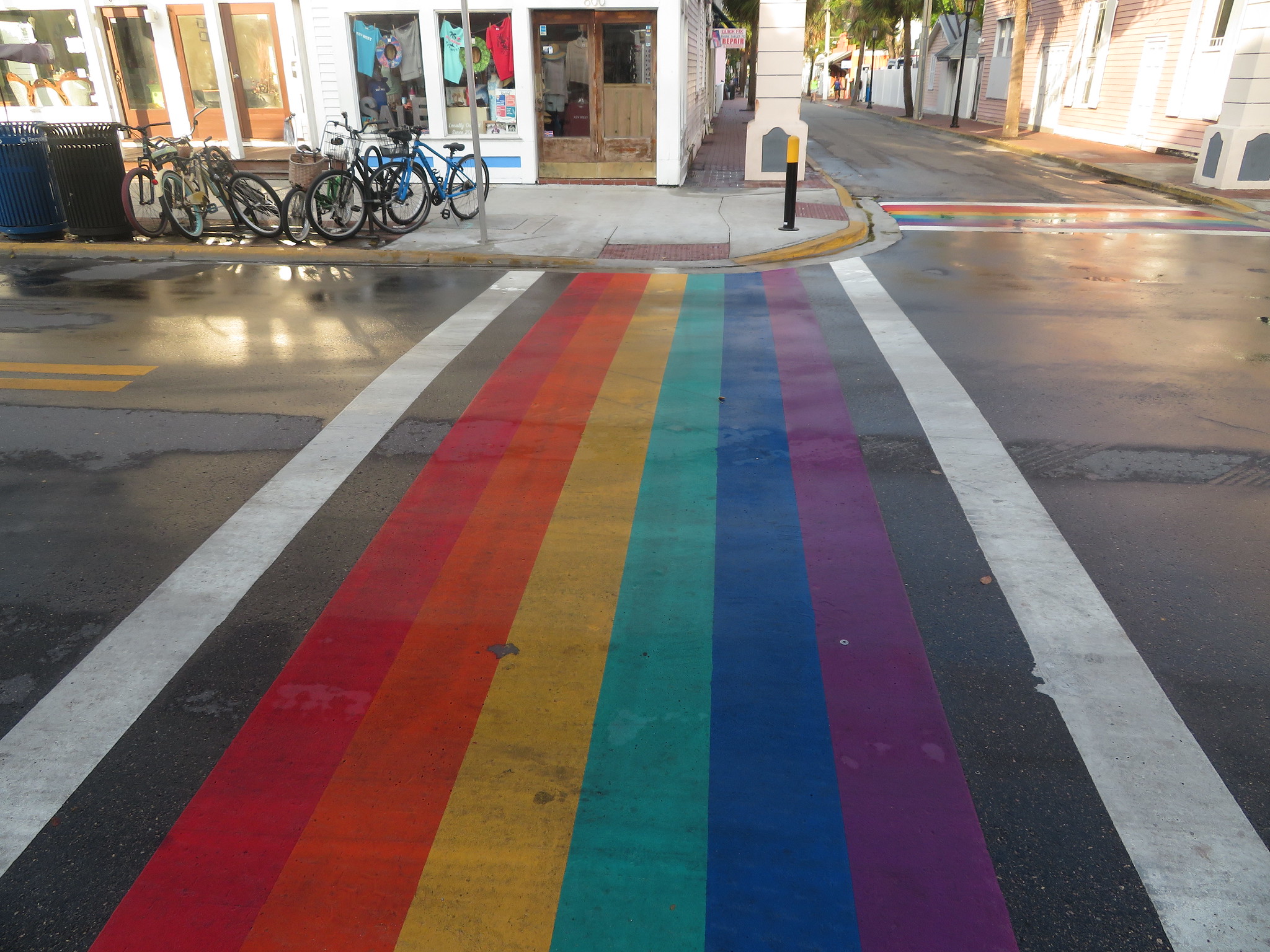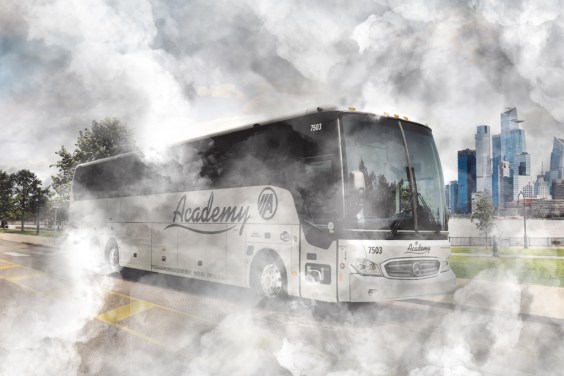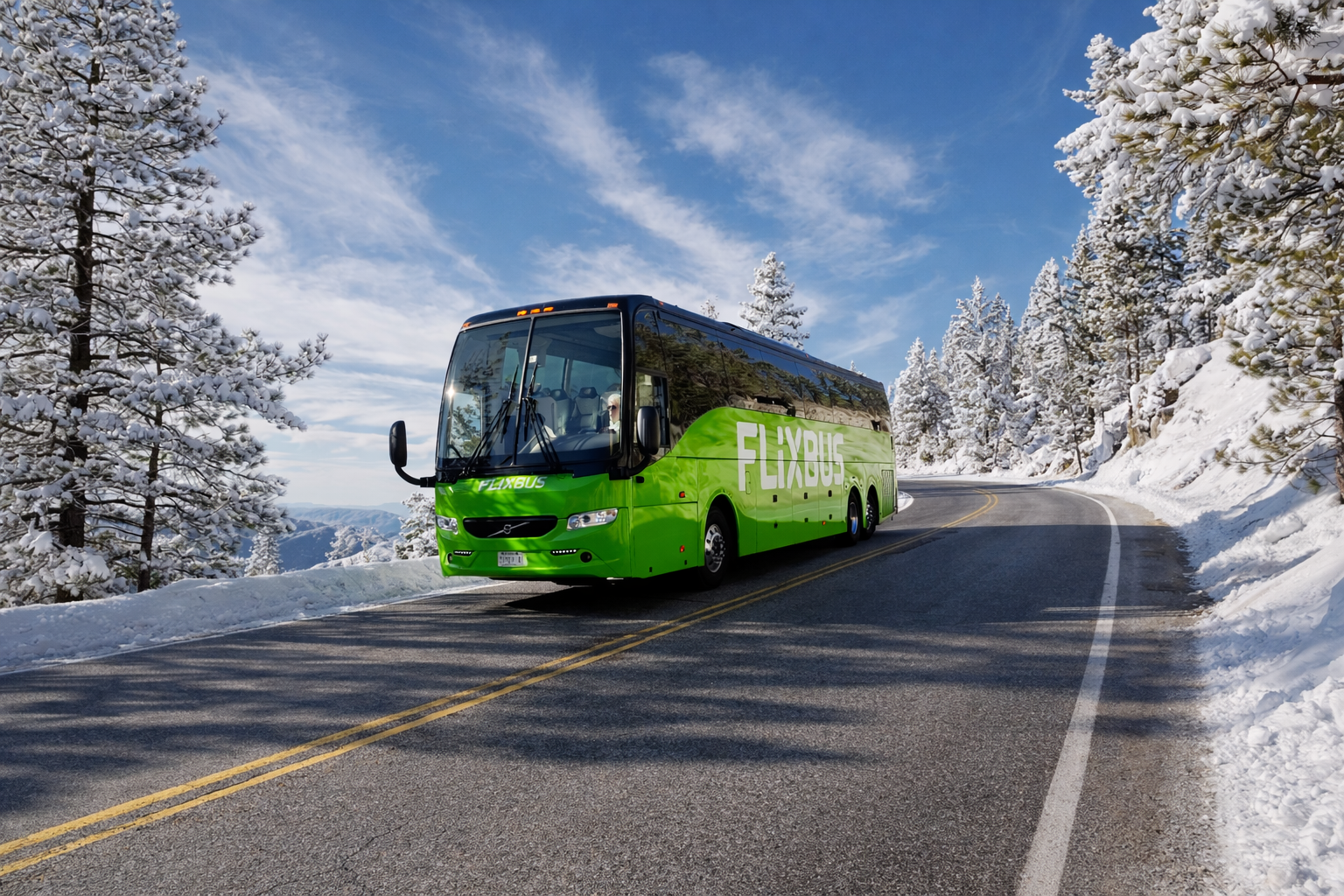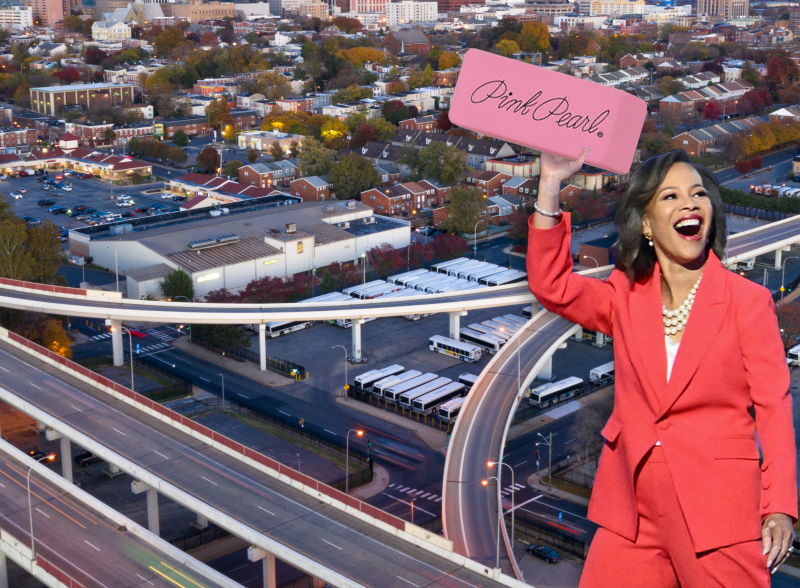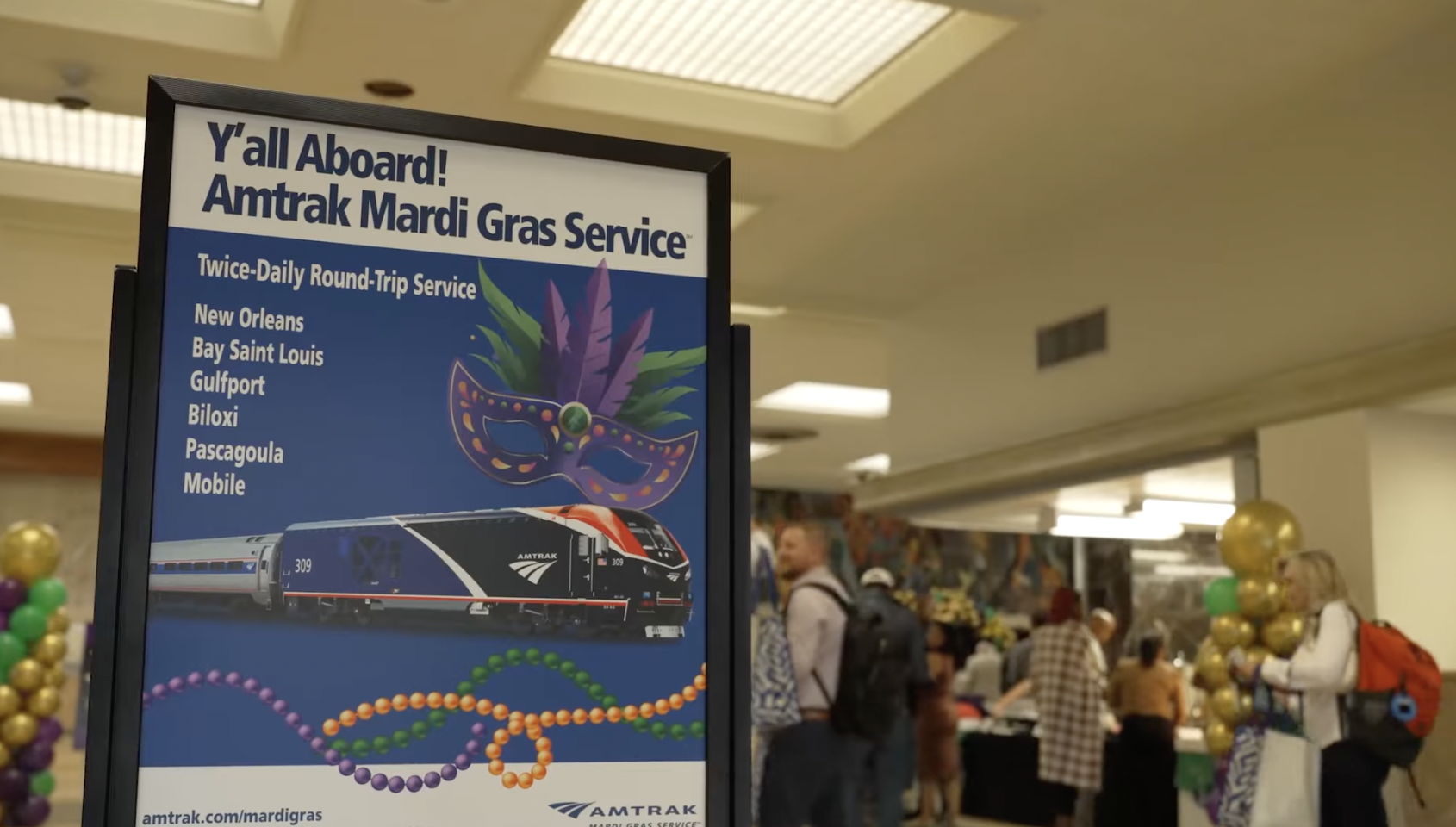U.S. Transportation Secretary Sean Duffy says he wants states to take action to make America's deadly arterials safer — but appears to blame "rainbow crosswalks" for the bloodshed, when experts say those same features can actually save lives.
Last week, Duffy issued a letter to the governors of all 50 states and leaders in DC and Puerto Rico urging them to do more to prevent roadway death's on the nation's arterial road network, where he said "more than half of roadway fatalities in America occur."
To his credit, Duffy called the estimated total 39,345 traffic deaths recorded in 2024 "unacceptable" and gave state DOTs 60 days to develop a list of "arterial segments, including intersections, with the highest safety, operations or compliance concerns that will be addressed by the end of Fiscal Year 2026."
In a subsequent post on the social media platform X, though, Duffy appeared to insinuate that he wanted states to "address" that shocking death toll by removing their "rainbow crosswalks," which he equated with "political banners on public roads" — even though a 2022 Bloomberg study showed that multi-colored "asphalt art" actually cuts crashes between motorists and vulnerable road users by 50 percent on average.
Moreover, advocates pointed out that many American arterials are sorely lacking in any crosswalks at all, nevermind ones that double as horizontal murals.
Taxpayers expect their dollars to fund safe streets, not rainbow crosswalks.
— Secretary Sean Duffy (@SecDuffy) July 1, 2025
Political banners have no place on public roads. I’m reminding recipients of @USDOT roadway funding that it’s limited to features advancing safety, and nothing else. It’s that simple. https://t.co/hA5FBsVFXO
Some advocates expressed doubt that Duffy's initiative — which he dubbed "Safe Arterials For Everyone Through Reliable Operations and Distraction-Reducing Strategies," or SAFE ROADS — was really about safety, rather than about scrubbing the streets of anything the Trump administration didn't like.
Orlando Sentinel journalist Ryan Gillespie pointed out that one of the city's most prominent rainbow crosswalks is located alongside Orange Avenue next to the memorial for the Pulse nightclub shooting, where 49 predominantly queer and Latino people were killed and 53 more were wounded in 2016.
Gillespie also reported that city officials had received a letter from the Florida Department of Transportation just one day prior to Duffy's memo, warning that all surface markings on roads must “serve a functional, safety-related purpose" and must not be "associated with social, political or ideological messages" — and that "the state can withhold funding from any agency not in compliance," unless they get special permission to deviate from state design standards.
Like Duffy, the Florida DOT did not present any concrete evidence that the short stretch of multicolored paint was actually dangerous or distracting — at least not compared with Orange Avenue, the five-lane, 35-mile per hour arterial running parallel to it, which appears on the city's High Injury Network. Many of the intersections along Orange Avenue lack any crosswalks at all, which often forces walkers to travel far out of their way to access one — or simply risk striding into oncoming traffic, as evidenced by the pedestrian visible on Google Street View, waiting to cross in the center turning lane.


Of course, Duffy isn't alone in his apparent assumption that non-standard crosswalks are somehow killing American road users — even if he appears to be unaware of just how controversial that assumption is.
For generations, the federal design standard known as the Manual of Uniform Traffic Control Devices — or the Notorious MUTCD, as it's known among some safety advocates — has been a magnet for debate, with some claiming the document saves lives by making roads predictable for drivers. Others, though, blame the MUTCD for encouraging (and in some cases, outright requiring) road design elements that get people killed, like high numbers on speed limit signs and wide, highway-style lane widths in neighborhoods that encourage motorists to hit the gas even more.
Many advocates have actually pushed to add rainbow crosswalks to the list of recommended markings in the MUTCD because of their potential to save lives, along with other revisions like prompting traffic engineers to install more frequent and better-protected crosswalks on neighborhood arterials.
And of course, there's a far larger movement to make the whole idea of "neighborhood arterials" obsolete, by turning them into true human-centered roads using hard infrastructure not included in the MUTCD's pages. That might look like adding bike lanes and sidewalk extensions, reducing driving lanes, or incorporating other traffic-calming infrastructure to get drivers to pay attention and slow down.
If Sean Duffy can embrace a more holistic and data-backed approach to ending distraction on America's arterials, he could cement a legacy as a safety champion and give us the safe roads we all deserve. If he continues to make such a transparently false connection between rainbow crosswalks and nearly 40,000 dead road users a year, though, he will be remembered very differently.
